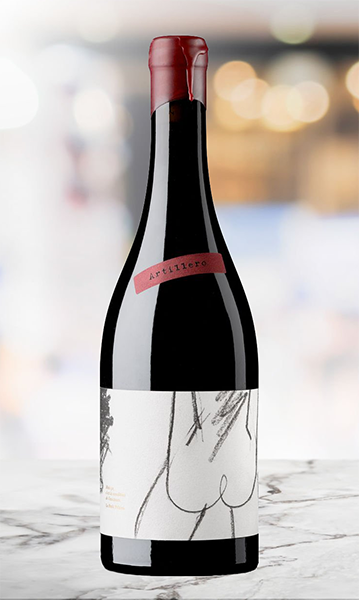
Pinot Grigio Is The Go-To White Wine For Any Occasion
You won’t meet too many people who don’t enjoy a nice cold, crisp glass of pinot grigio. At its best, it’s fresh, dry, lively, zesty, mineral-laden, and lightly fruity. But because it’s quite literally everywhere, it’s sometimes overlooked—taken for granted, even—as a mass-produced generic wine.
However, like most wine grapes, pinot grigio has a story of its own.
Pinot Gris Or Pinot Grigio: What’s the Difference?
You’ll see both pinot gris and its Italian cousin, pinot grigio, on store shelves and wine lists; you might have wondered what, if anything, makes them different. The answer is—nothing, and everything.
Allow me to explain:
Genetically, pinot gris and pinot grigio are one and the same, a grape of French ancestry, commonly planted in Burgundy and the Loire Valley. It was initially thought to be a mutation of pinot noir, but more recently, its genetics have been confirmed as a cross between pinot meunier (one of the Champagne grapes) and traminer varieties.
Pinot gris berries range in color from brownish-pink to grey-blue, from which it gets “gris” or “grigio” – both of which mean “grey” in French and Italian, respectively. If the grapes are allowed skin contact during the winemaking process, the resulting wine takes on a pinkish, almost copper hue, but this is largely uncommon where grigio is concerned. The Italian style is fresher, lighter in color, and higher in acidity, as historically, the grapes were often picked before they reached peak ripeness.
The unique Italian expression of the grape gained popularity in the foothills of the Alps, in the Alto Adige, Lombardy, and Friuli regions of Northern Italy, where it had migrated from neighboring Switzerland and France before it, in the 1800s.
Soon, pinot grigio’s popularity spread throughout the country, and eventually to America, where, by the 1980s, it was being mass-produced to satisfy the ravenous demand. The wine was simple, fresh, inexpensive, and meant to be drunk in its youth. To this day, it maintains its reputation as an easy-drinking, refreshing, take-anywhere wine, and you’d be hard-pressed to attend any gathering where it’s not being poured around in copious amounts.
What’s In A Name? Decoding Pinot Grigio Labels
Though the name pinot grigio on a label suggests that the wine is Italian, that’s not always the case. Wine producers in the United States, Australia, Canada, Chile, and even Argentina are labeling their pinot gris as “grigio,” some arguably to cash in on its popularity, but most often to denote a particular style of winemaking.
In other words, if you see pinot gris on the label, you can expect a somewhat more full-bodied and complex wine, possibly with a bit of a copper tinge to it. If it says pinot grigio, no matter where it’s made, it’s likely inexpensive, lighter in both color and body, showing pear, green apple, and lime notes over a zesty palate.
And while the Italians tend to do pinot grigio best, there’s still plenty to discover throughout the rest of the world.
Do you prefer white wines like pinot grigio? Many of our wine clubs offer white wine!



